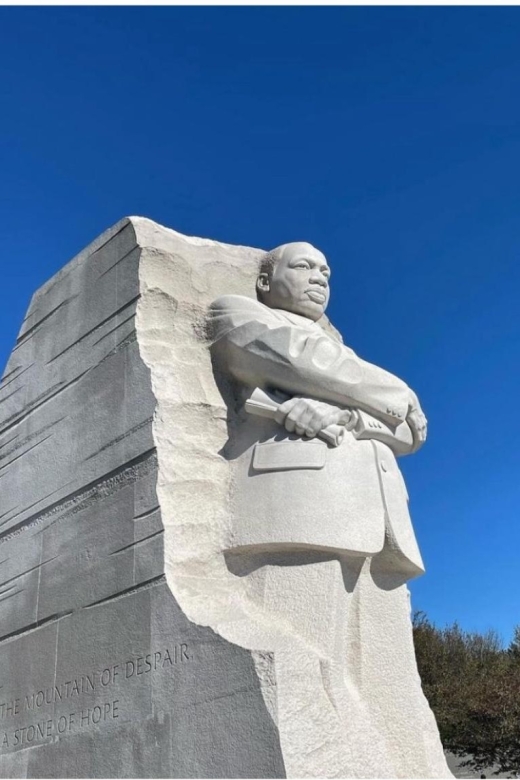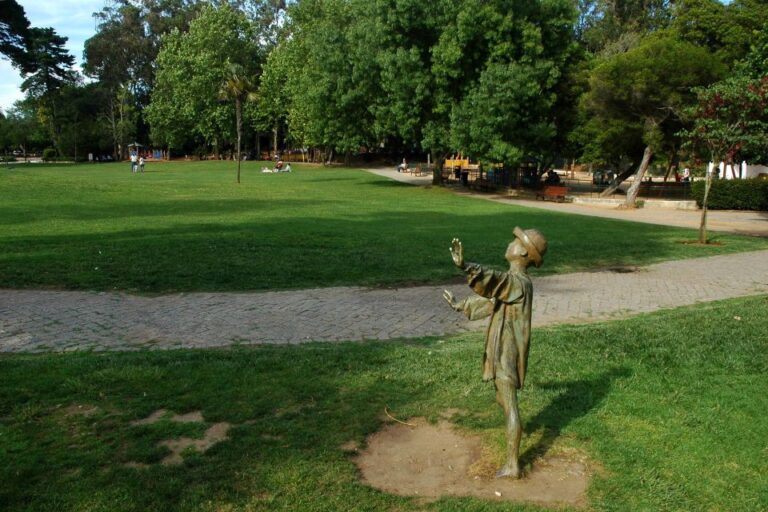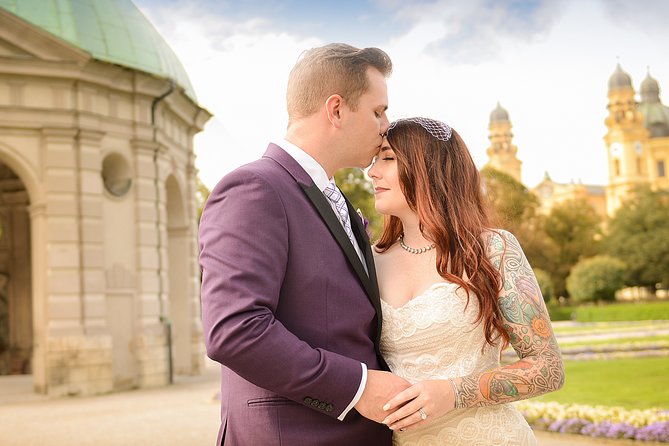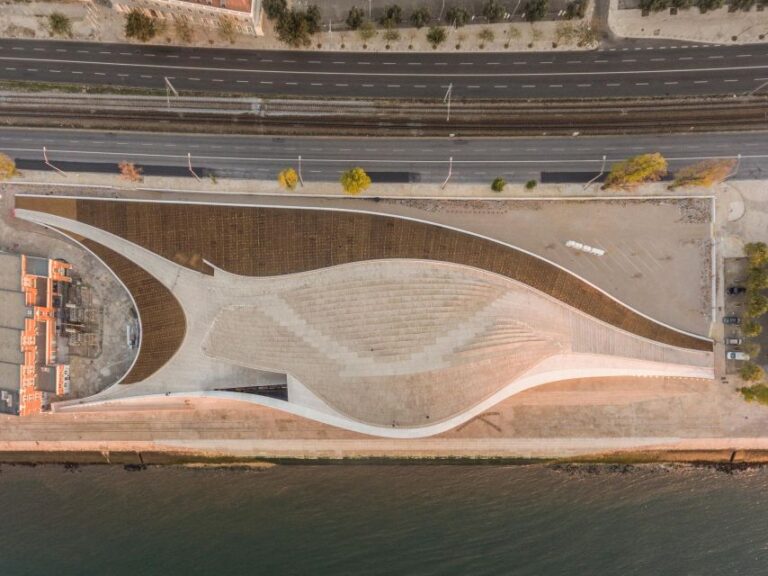Berlin’s Jewish history is a captivating narrative that spans centuries, from the community’s early 13th-century origins to its modern-day resurgence. Join a historian on a walking tour that immerses you in this profound legacy. Explore iconic landmarks like the majestic New Synagogue, uncover the stories of cultural assimilation and resilience, and confront the harrowing realities of anti-Semitic violence and the Holocaust. As you retrace the steps of Berlin’s Jewish community, you’ll gain a deeper understanding of the city’s complex past and the remarkable renewal of Jewish life that continues to shape its future.
Key Points
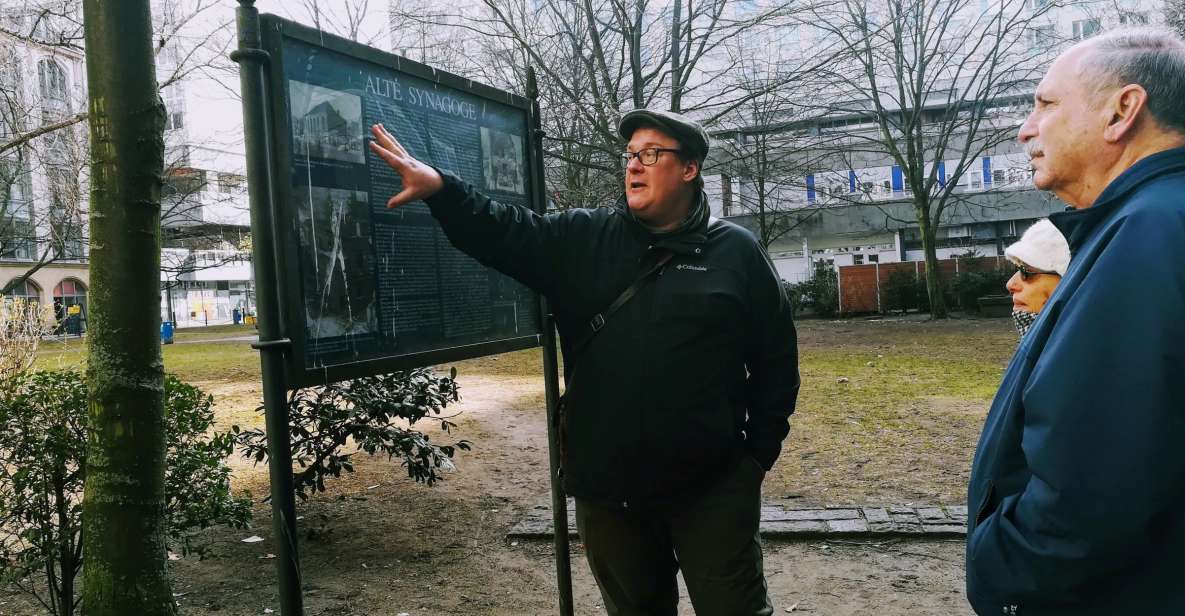
- Explore the historic Spandauer Vorstadt and Scheunenviertel neighborhoods, once epicenters of Jewish life in Berlin.
- Visit the majestic New Synagogue, a symbol of the resilience of Berlin’s Jewish community.
- Learn about the tensions between established German Jews and newly arrived Eastern European Jews during the early 20th century.
- Discover how Berlin’s Jewish community was devastated by anti-Semitic violence and political purges during the rise of Nazism.
- Understand the efforts to commemorate and revive Berlin’s Jewish legacy, with facilities like the New Synagogue and memorials honoring the Holocaust.
Beginnings of Jewish Presence in Berlin
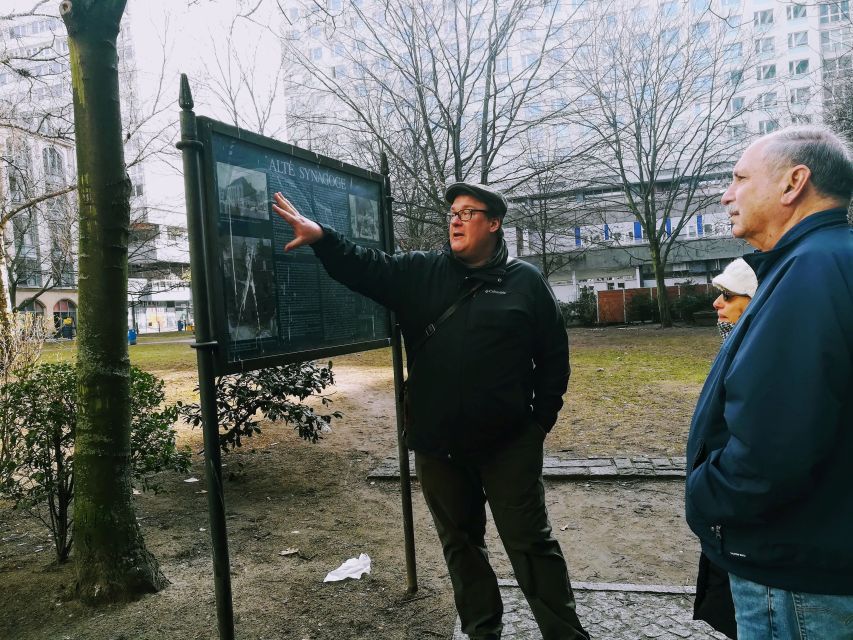
The Jewish presence in Berlin dates back to the 13th century, though intolerance towards the community was entrenched, with the first synagogue not built until 1714.
Over the centuries, Jewish Berliners left an indelible mark on the city’s cultural life, excelling in journalism, education, science, literature, art, and business.
Despite the challenges, the German Jewish community became prominent, intertwining with the fabric of German society.
This walking tour will explore the rich history of Berlin’s Jewish neighborhoods, tracing the evolution of this community through the middle ages, Renaissance, and into the modern era – a testament to the resilience and contributions of Jewish Berliners.
Assimilation and Cultural Contributions
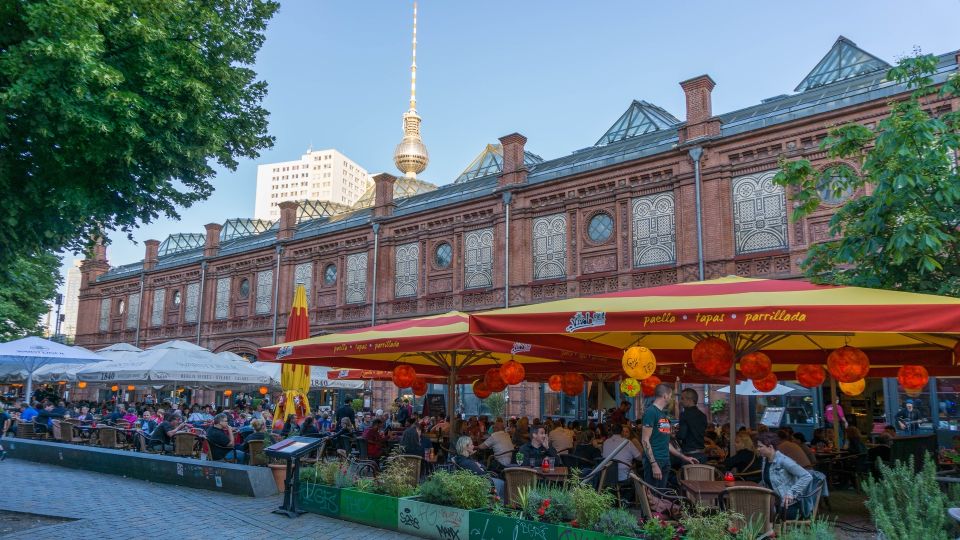
Despite the challenges, German Jewish intellectuals and professionals assimilated into mainstream German culture, leaving an indelible mark on the country’s journalism, education, science, literature, art, and business. From renowned writers like Heinrich Heine and Berthold Auerbach to groundbreaking scientists like Albert Einstein and Fritz Haber, the contributions of German Jews were widespread and impactful. This can be seen in the table below:
| Field | Notable German Jewish Figures |
|---|---|
| Journalism | Kurt Tucholsky, Theodor Wolff |
| Education | Martin Buber, Leonhard Euler |
| Science | Max Born, Lise Meitner |
| Literature | Franz Kafka, Arthur Schnitzler |
| Art | Käthe Kollwitz, Alfred Lichtwark |
| Business | Walther Rathenau, Hugo Stinnes |
This assimilation, however, did not protect German Jews from the horrors that were to come.
Spandauer Vorstadt and Scheunenviertel

Amid the bustling streets of Berlin-Mitte, the neighborhoods of Spandauer Vorstadt and Scheunenviertel (Barn Quarter) stand as testaments to the city’s complex Jewish history. These districts were once the epicenter of Jewish life in the capital, housing a vibrant community that faced both cultural integration and social upheaval.
The Spandauer Vorstadt was home to the magnificent New Synagogue, a symbol of Jewish assimilation in German society.
The Scheunenviertel, or Barn Quarter, was a more impoverished area that welcomed an influx of Eastern European Jewish immigrants in the late 19th and early 20th centuries.
Tensions arose between the established German Jews and the newly arrived Ostjuden, who were seen as potentially dangerous by some.
Anti-Semitic violence began to plague these neighborhoods in the 1920s, foreshadowing the horrors of the Holocaust to come.
Today, these areas are commemorated through haunting memorials that honor the lives lost and the resilience of Berlin’s Jewish community.
Oranienburger Strasse and New Synagogue
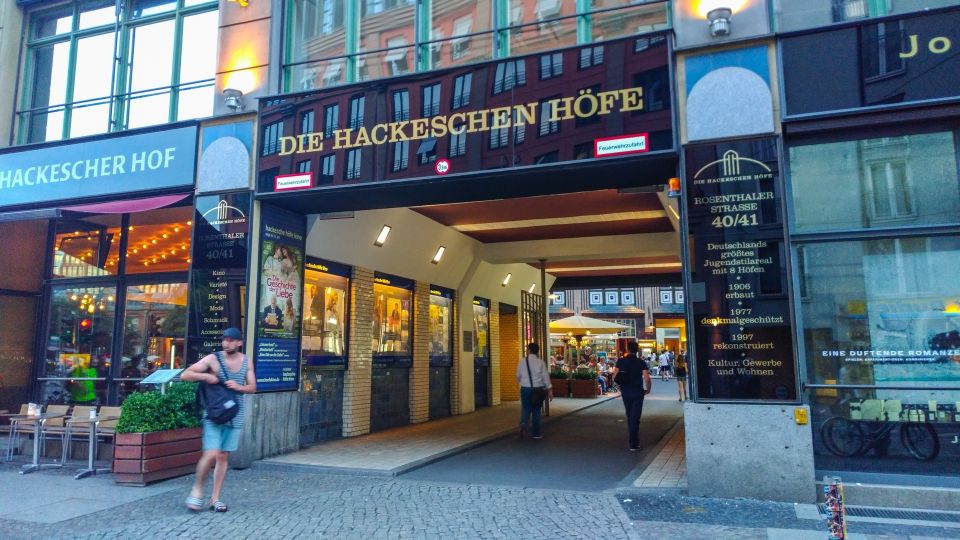
Oranienburger Strasse, a historic thoroughfare in Berlin-Mitte, beckons visitors with the majestic presence of the New Synagogue, a testament to the city’s rich Jewish heritage. This architectural masterpiece, built in the Moorish style in the 19th century, was once the centerpiece of a thriving Jewish community.
| Year | Event |
|---|---|
| 1866 | New Synagogue opened |
| 1938 | Severely damaged during Kristallnacht |
| 1995 | Reconstructed and rededicated |
Today, the New Synagogue serves as a symbol of resilience, as the Jewish community in Berlin continues to grow and thrive, reclaiming its place in the city’s vibrant cultural landscape.
Tensions Between German and Eastern Jews
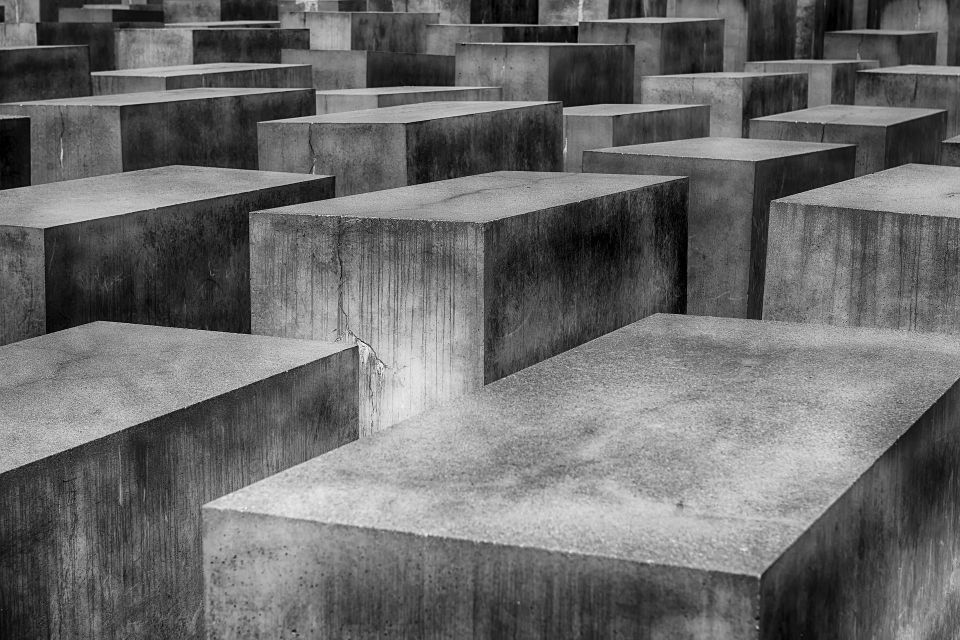
The growing Jewish population in Berlin during the 1920s included both long-established German Jews and an influx of Eastern European Jews, leading to tensions within the community.
The established German Jews, known as Deutschjuden, often viewed the newer arrivals, the Ostjuden, with suspicion and disdain.
Some key points of tension included:
- Differences in cultural practices, language, and appearance
- Concerns that the Ostjuden were less assimilated and more visible, potentially fueling anti-Semitism
- Economic competition as the Ostjuden entered trades and businesses
- Debates over the direction of the Jewish community and its relationship to German society
- Underlying class divisions and perceived differences in status between the two groups
Anti-Semitic Violence and Political Purges
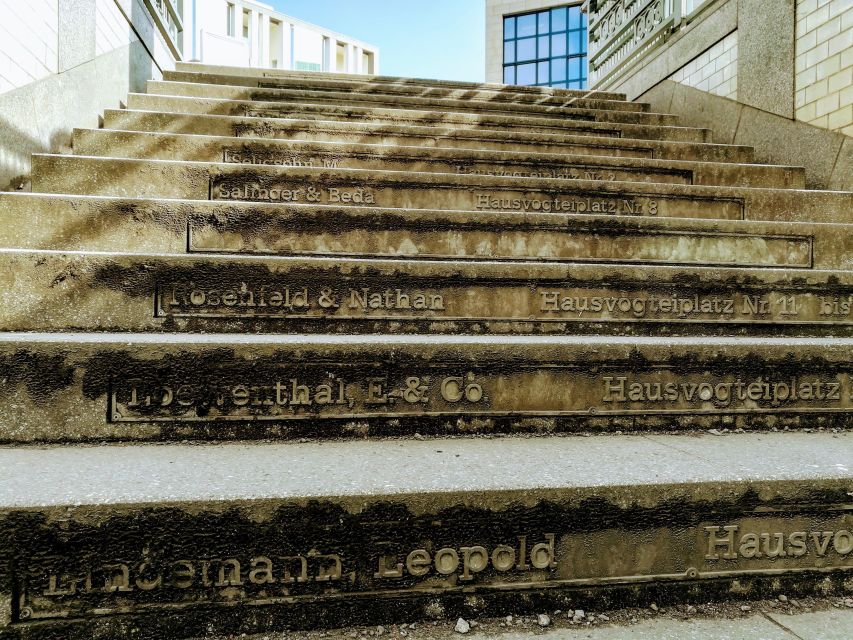
Sadly, anti-Semitic violence started gripping Berlin as early as 1923, with political purges soon targeting the Scheunenviertel (Barn Quarter) district by 1933.
The rise of Nazism brought a wave of attacks and persecution against the Jewish community. Storefronts were smashed, synagogues vandalized, and Jewish residents faced threats and intimidation.
The Barn Quarter, home to many Jewish residents and businesses, became a hotspot for these assaults.
As the Nazis consolidated power, they escalated their campaign, conducting raids and purges to remove Jewish influence from the area.
This dark chapter marked the beginning of the horrors to come during the Holocaust, a tragic legacy that Berlin still grapples with today.
Memorializing the Holocaust
Across Berlin, a number of powerful memorials stand as solemn reminders of the city’s tragic Holocaust legacy. The Missing House graphic on Große Hamburger Straße, for instance, poignantly depicts an absent building that was destroyed during the Nazi regime. Nearby, the Abandoned Room at Koppenplatz serves as another thought-provoking memorial, its empty space symbolizing the lives lost. These sites encourage visitors to reflect on the horrors of the past and honor the memory of Berlin’s Jewish community.
The Stolpersteine (‘stumbling blocks’) – brass plaques embedded in sidewalks, memorializing individuals deported and murdered by the Nazis.
The Memorial to the Murdered Jews of Europe – a vast field of concrete stelae honoring those who perished.
The Synagogue Memorial – marking the site of a once-vibrant synagogue destroyed during Kristallnacht.
The Jewish Cemetery – a serene haven where visitors can pay their respects.
The Otto Weidt Museum – commemorating the life of a courageous factory owner who saved deaf-blind Jews.
Renewal of Berlin’s Jewish Community
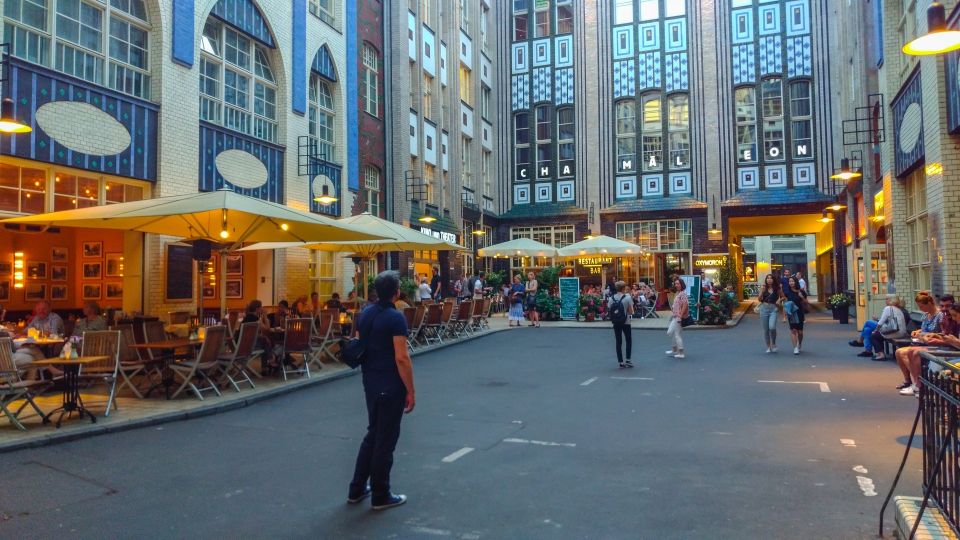
Amid the layers of Berlin’s complex history, a vibrant Jewish community is once again taking root, reclaiming the city’s rich cultural heritage. At the heart of this renewal stands the New Synagogue, a stunning architectural gem that now serves as a testament to the resilience and resurgence of Jewish life in the German capital. Nearby, the kosher café Beth-Café offers a glimpse into the revival, welcoming locals and visitors alike with the aroma of freshly brewed coffee and the sounds of lively conversation. As the city continues to grapple with its past, this new generation of Jews is shaping Berlin’s future, one vibrant community at a time.
| Facility | Description |
|---|---|
| New Synagogue | Architectural centerpiece of Berlin’s Jewish renaissance |
| Beth-Café | Kosher coffee shop, gathering place for the community |
| Stolpersteine | Brass memorial cobblestones commemorating Holocaust victims |
| Abandoned Room | Poignant memorial at Koppenplatz, honoring those lost |
| Missing House | Graphic installation marking sites of destroyed Jewish homes |
Frequently Asked Questions
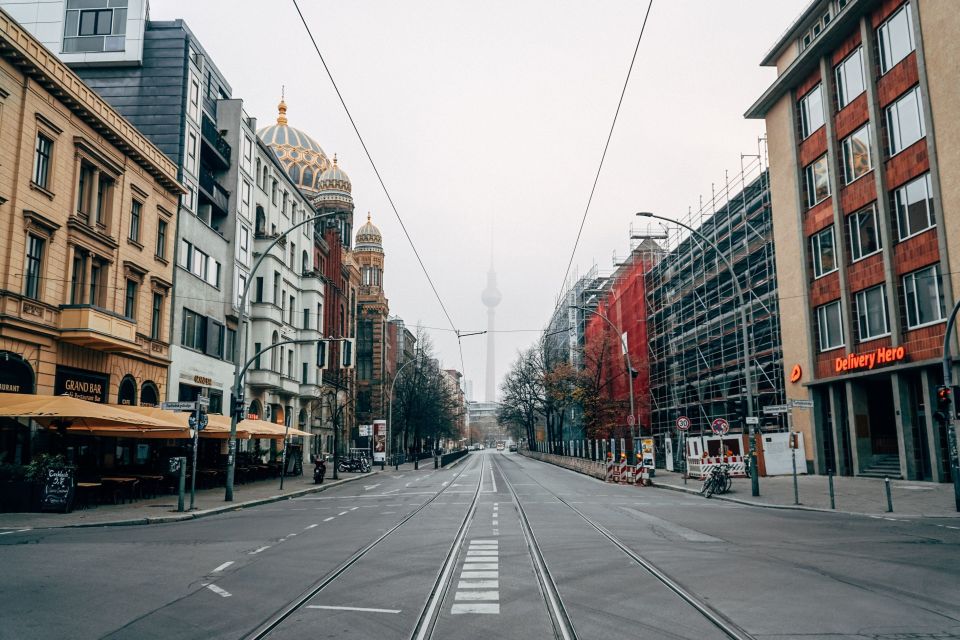
How Did the Jewish Community Maintain Their Traditions During Periods of Intolerance?
Despite facing intolerance, the Jewish community maintained their traditions through private worship, teaching children, and preserving cultural practices within the home. They found creative ways to keep their faith alive during challenging times.
What Were Some Notable Cultural Achievements of Assimilated German Jews?
Assimilated German Jews made significant contributions to German culture, excelling in journalism, education, science, literature, art, and music. They were prominent in business and played a vital role in the intellectual and cultural life of Germany.
How Did the Influx of Eastern Jews Impact the Existing Jewish Community?
The influx of Eastern Jews in the 1920s created tensions with the established German Jewish community. The latter viewed the newcomers as potentially dangerous, fearing their differences could undermine the hard-won assimilation of German Jews.
How Did the Local Jewish Population Respond to the Rise of Anti-Semitism?
The local Jewish population in Berlin grew increasingly concerned as anti-Semitism intensified in the 1920s and 1930s. They faced political purges and violence, leading many to flee or go into hiding to escape the escalating persecution.
What Role Does the New Synagogue Play in the Contemporary Jewish Community?
The New Synagogue in Berlin is a symbol of the reviving Jewish community. It serves as a hub for religious, cultural, and social activities, helping to renew Jewish life in the city.
Recap
Berlin’s Jewish history is a remarkable narrative of resilience and renewal. From the early 13th century to the present day, the city’s Jewish community has weathered persecution, anti-Semitism, and the horrors of the Holocaust, yet has also made profound cultural contributions and rebuilt vibrant Jewish life.
The walking tour with a historian provides a powerful and immersive exploration of this profound legacy, honoring the memory of Berlin’s Jewish past and celebrating its ongoing renaissance.

